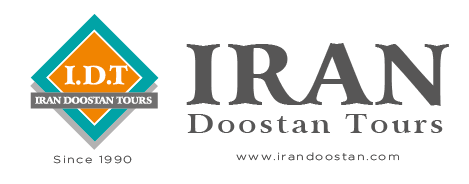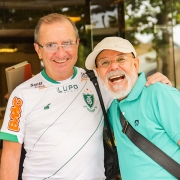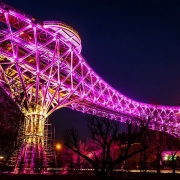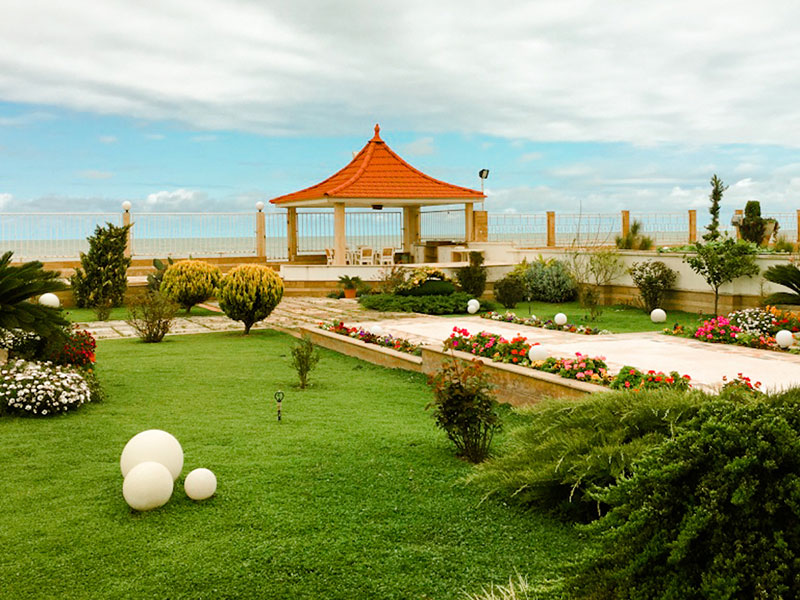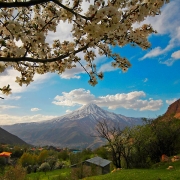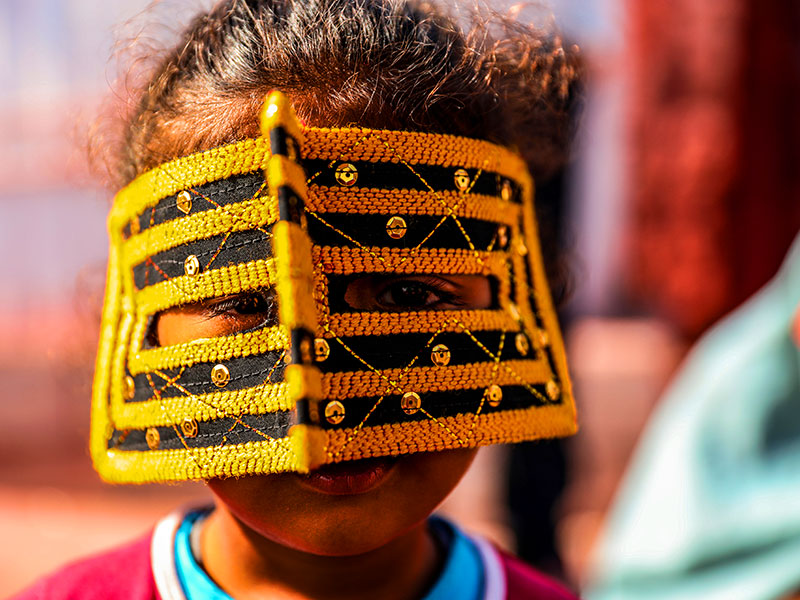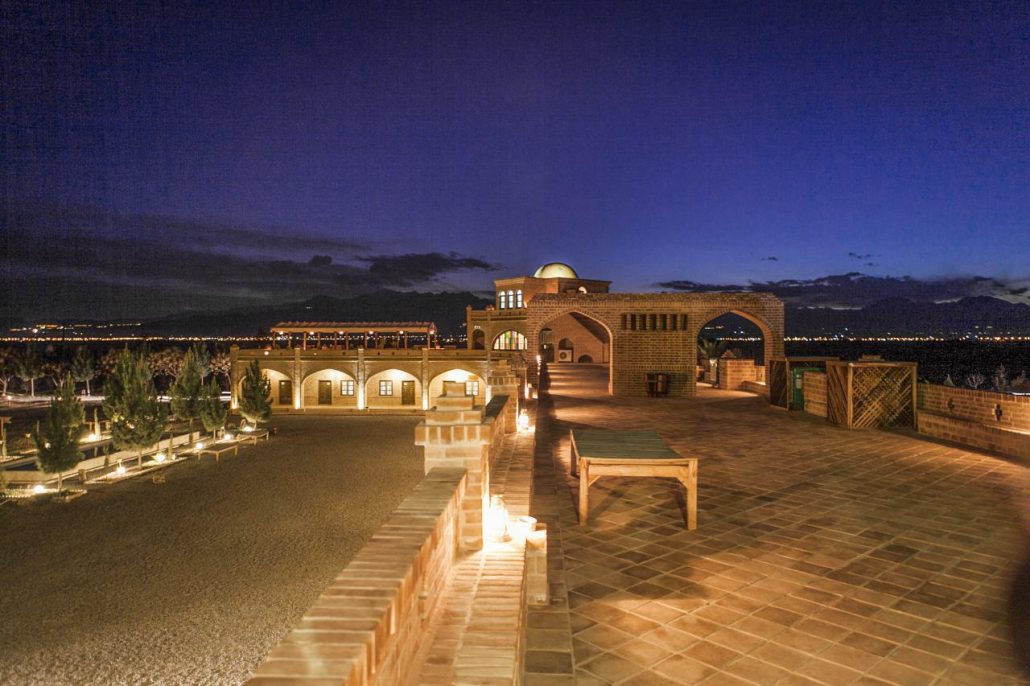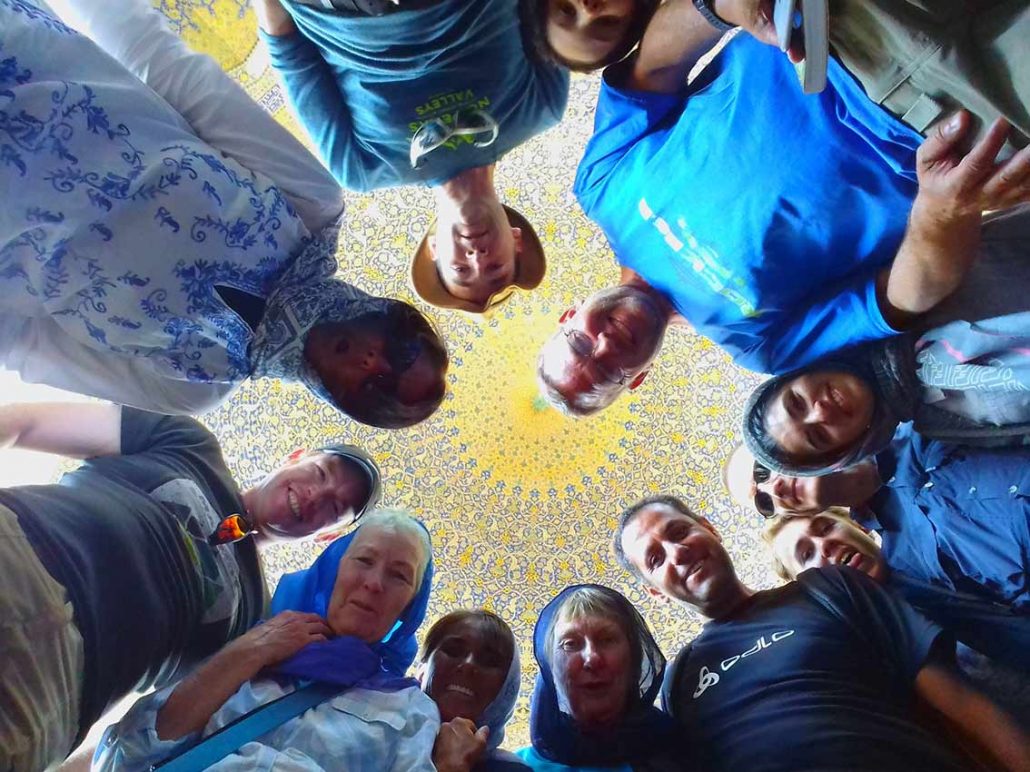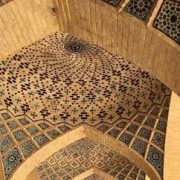Iran Safety and Laws: All You Need to Know
“One gunshot a day keeps the tourist away” – Oscar Sega
I had decided to travel from Italy to India by land. In taking this decision, the first thing that I thought to check about every country was checking whether it is safe; before checking its average costs, its laws, or… Among the countries that I had to check, staying right in the middle of my whole travel, was Iran. Is Iran safe?
So I did my research and after a thorough, meticulous examination of news, American movies, and my friends and family’s expert opinions asking if Iran was safe and it emerged that here I would be murdered, kidnapped, beaten, robbed, scammed, killed in a terrorist attack, and finally sold as a sex slave. In this precise order!
But I decided to go, to brave it, and now, from this comfortable, air-conditioned office in Tehran, I can tell you that the news, American movies, and my family’s opinions are hardly truthful! Unbelievable, right? It was never easy to distinguish between propaganda and genuine information. Only now that I’m here, I have an idea about the truth. I will tell you what I found out.
This may come as a surprise to you, but far from the awful, politically motivated media depictions in the West, Iran is a safe country. For example, the two risk assessment institutions “International SOS” and “Risk control” evaluate Iran’s risk to travelers to be comparable to that of most European countries. They have a nice world map, with the levels of risk associated with the country, and if you want to see it for yourself and have more info on how the research was done, go to this web page. It’s very useful for travelers going anywhere.
Iran is the safest country I have encountered during my trip. Yes, safer than southeast Europe, and yes, safer than tourist-ridden Turkey.
Therefore, I will cover a few points, about what you should know and do about your safety while you are traveling to Iran.
Criminality
Crime rates are low! There are a few reasons for this.
One of them is the fact that Iranians are simply a lovely lot, and the combination of social values that they live by is something simply out of this world (visit taarof). Another reason is the law. Whatever law infringement is punished severely, so many would-be criminals simply decide not to risk it. More importantly, all drugs and alcoholic beverages are prohibited, so the risk of meeting some late revelers who can’t hold their liquor is reduced to zero.
Nevertheless, this is what you should know about different types of criminality in the country:
Petty theft: Although uncommon, it still exists. Since the beginning of the international sanctions against Iran, due to the increased economic pressure on the poorer part of the population, more cases of petty theft have been observed, although they are hardly more than what you’d find in Europe. So, watch out for pickpockets.
Kidnapping: It is a Westerner’s worst fear. As for what regards human trafficking, it sadly exists here. In some rural religiously divided communities, family feuds can develop where some kidnapping is involved. Tourist kidnapping is virtually non-existent, though. Try as I might, the last kidnapping of a tourist I found happened 11 years ago, involving a Japanese tourist, and the last one before that is from 2003. You need to have no worries about this matter.
Sex offense: Some rare, uncouth individuals might grope you in a crowded place. Otherwise, Iranian men are very respectful, if not outright gallant.
Violence: Iranians are proud people. I have seen some verbal fights, but never anything physical. In any case, this doesn’t concern you, as they will just let it go as soon as they understand you are a foreigner.
Scams: The most dangerous scammers are those who might claim to be policemen in civilian clothes, and thus take away your passport and some other belongings. Make sure not to give in to such a simple (but sadly sometimes effective) scam.
You might be asked to pay more than the normal prices for purchases. This is quite common in the Middle East. Still, due to the general good values of Iranian society, this is much less likely to happen here than, for example, in Turkey. If you want to be sure just ask a random passerby what would be a reasonable price for what you want to buy. Otherwise, just get yourself an Iranian friend to shop with. Much more fun!
All in all, criminality in Iran shouldn’t worry you. It is nothing out of the ordinary and it is at the same time pretty rare.

Iran Safety: You are less likely to die in a terrorist attack in Iran than you are to die in a terrorist attack in London or Paris.
Terrorism risk
This is one of the main concerns for prospective travelers out there. But the risk of being a victim of a terrorist attack in Iran is ridiculously small. First of all, the targets of such attacks usually are government employees and representatives, not the general population (although of course there are civilian victims too). Second, compared to neighboring countries, rife with social tensions, and France, the USA, and Great Britain, Iran did not have any attacks. Long story short: you are less likely to die in a terrorist attack in Iran than you are to die in a terrorist attack in London or Paris. Yet, that doesn’t dissuade you from going to Paris, does it?
Safety from the Law
Are you a spy, viciously plotting the downfall of the Islamic Republic of Iran? If yes, then prepare to be incarcerated. If not, then respect the law, don’t discuss internal politics, don’t slander Islam, and respect the Iran dress code. And enjoy your stay!
Safety from war
One friend of mine framed this worry in the funny expression “desert, ruins, and AK47”. I must address this. There is no war or conflict zone in Iran.
Moreover, as for what regards the recent tensions with the USA, any serious analyst will explain why war is in the interest of neither country, and that open-armed hostilities are extremely unlikely. The media just loves to spread panic. Don’t listen to them without any critical thinking. Be smart!
Safety from earthquake
Iran is literally a mountainous plateau, and many of its mountains are actually extinct volcanoes. It is not a surprise then that earthquakes are frequent. Make sure to learn what you should do if you find yourself in a building during an earthquake.
Safety in traffic
I left this last because, strangely, it is the most important.
Without a shred of doubt, the most dangerous thing in Iran is the way people drive. Iran has one of the highest rates of car accidents in the world. Road signs are not very well positioned, and in any case, an Iranian driver is not likely to care that much. Crossing the road must be done following an Iranian like you followed your mommy when you were a sweet, sweet child. On the plus side, should you learn to drive in Iran, you’ll be ready for Formula 1.
And finally, the last piece of advice I can give is this. Always take precautions dictated by common sense and trust your instinct. It is a powerful tool! That man that insistently stares at you? Watch him. That dark alley that looks like it comes straight out of your childhood nightmares? Avoid it. Wherever you might be, in your hometown or traveling abroad, safety depends on you!
Of course, while I hope I answered all the most pressing doubts you might have, I understand that it is unlikely that one article will defeat the impression that years and years of media might have convinced you of. So if you still have any queries on the matter of safety feel free to contact us, and we will answer your questions.
Are you planning to travel to Iran? Check out our Iran tours.
